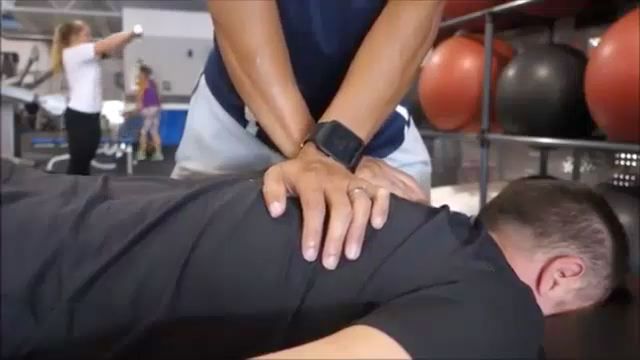Physical therapy can help people who suffer from chronic pain. Time Warner Cable News’ Kristen Shaughnessy explains how in this Healthy Living report.
100 million Americans suffer from chronic pain. That number comes from a number of sources, including The Institute of Medicine of the National Academies. That means more people suffer from chronic pain than diabetes, heart disease and cancer combined. Dr. Erson Religioso is a doctor of physical therapy and world renowned for his ability to help those with chronic pain.
"You just have to convince a patient to take the care into their own hands,” Religioso says. “That's what keeps people better, that's what gets people better faster."
Many of Dr. Religioso's patients have been told surgery is their only option. He says it's simply not true. He says the key is teaching patients how to self-treat so they know what to do if the pain pops up again.
“People get better from massage, they get better from manipulation, but most manual therapists we found that our hands help as many people as they don't help,” Religioso says. “So what's like the missing link? The missing link ended up being that patient needs to self-treat."
Ofir Isaac is also a doctor of physical therapy. He specializes in chronic pain and uses many of Dr. Religioso's techniques.
"Chronic pain in the medical model is being treated with high doses of painkillers, medications, injections and even unwarranted surgeries, trips to specialists that are not necessary, patients living in severe depression,” Isaac says.
Dr. Issac says the source of the pain is often not what hurts. For instance, back pain could be the result of an ankle issue. Ear infections often stem from neck issues.
"We treat what's causing the pain, and we believe that pain is really caused by a threat to your nervous system,” Issac says. “Your brain is like a computer, and when the body senses a perceived threat, a pain somewhere in your leg or your back or your arm, we are trying to help the brain - which is processing that information - to reduce the threat to the area."
Dr. Religioso and Dr. Issac uses Skype and Google hangouts to counsel patients. They say most of their patients have been poked and prodded enough that most of their patients see significant change within two sessions.




